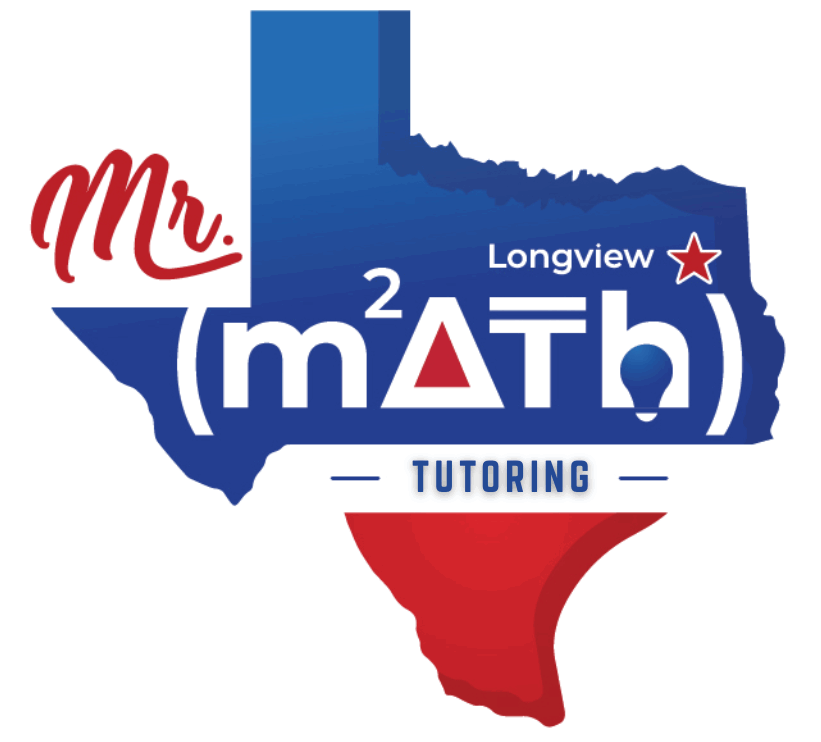Currently Empty: $0.00
About Course
Discover how the area under a curve emerges from adding up infinitely many tiny slices, and learn the powerful connection that ties integration to differentiation. In this targeted mini-course, you’ll build a solid understanding of definite integrals through hands-on approximations, then see how the Fundamental Theorem of Calculus bridges two core operations. By the end, you’ll confidently compute exact areas, interpret accumulation in real contexts, and wield the theorem’s two parts as one seamless tool.
Course Content
1. Defining the Definite Integral via Riemann Sums
-
1.1 Partitioning Intervals & Summation Approaches
-
1.2 Approximating Area with Left, Right & Midpoint Rectangles
-
1.3 Transitioning from Finite Sums to the Definite Integral Concept




